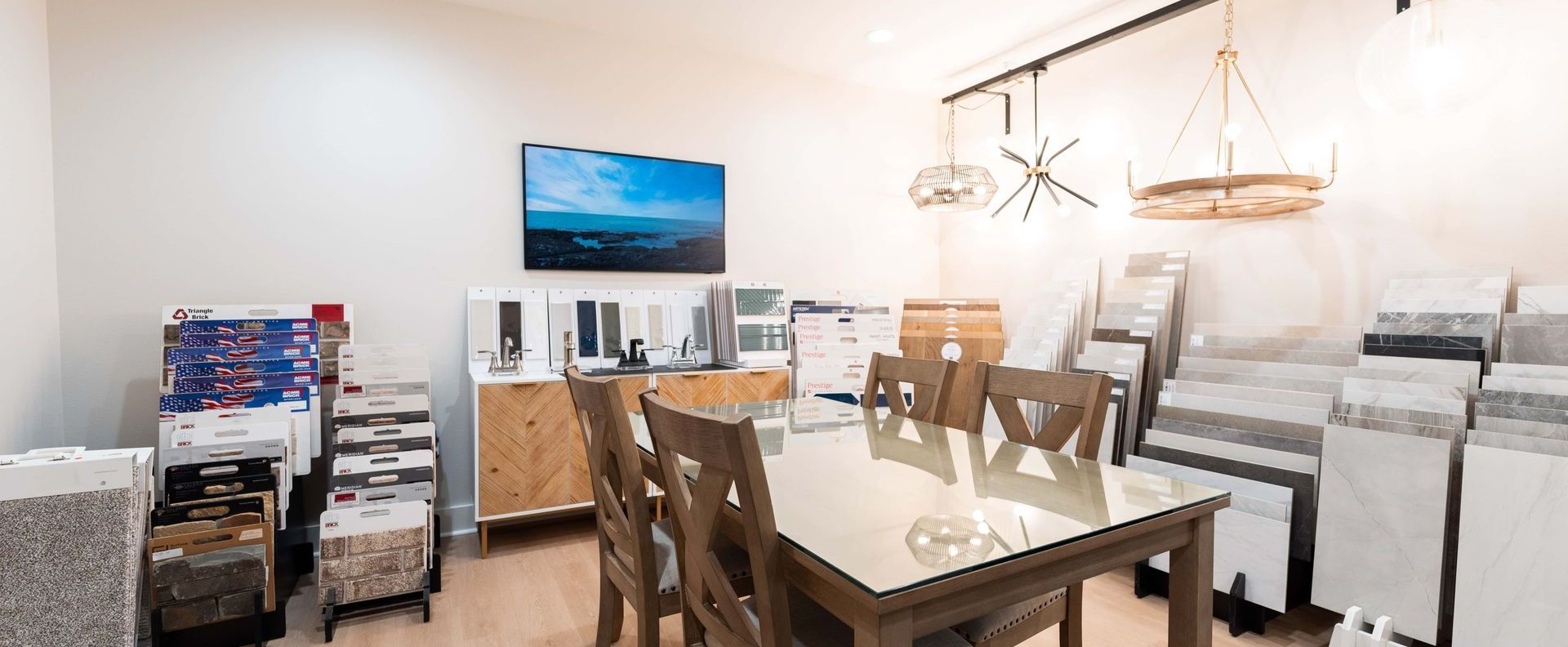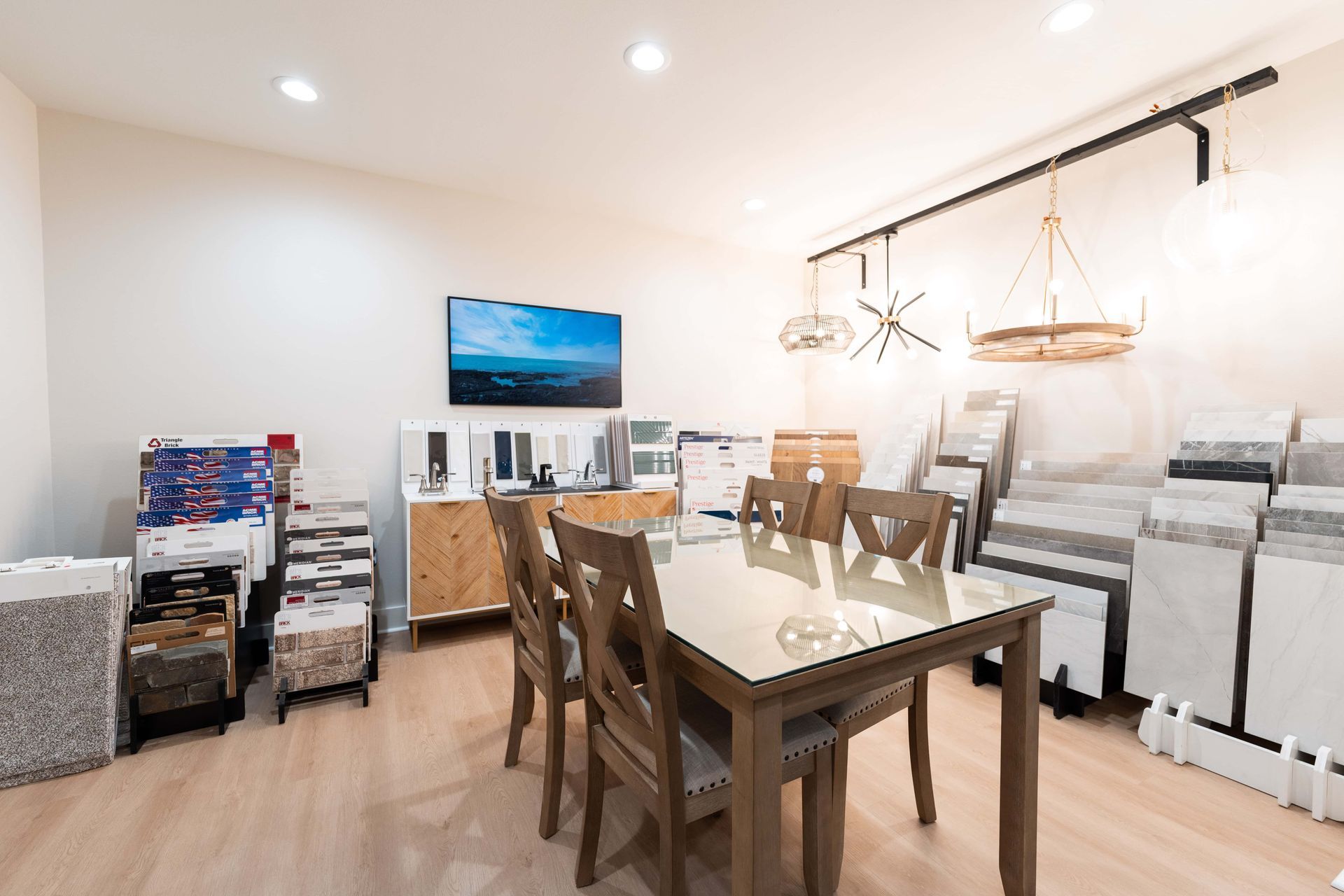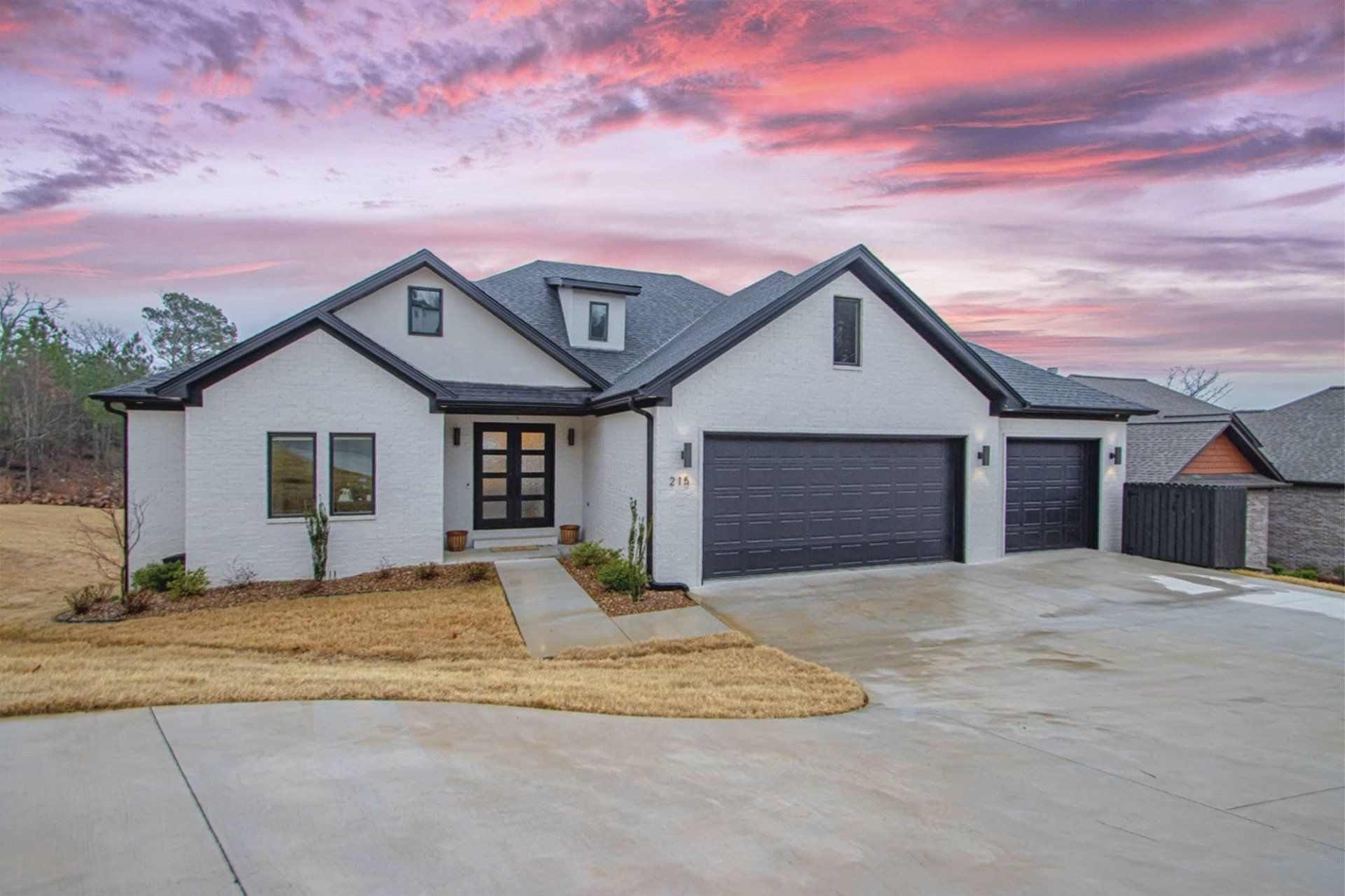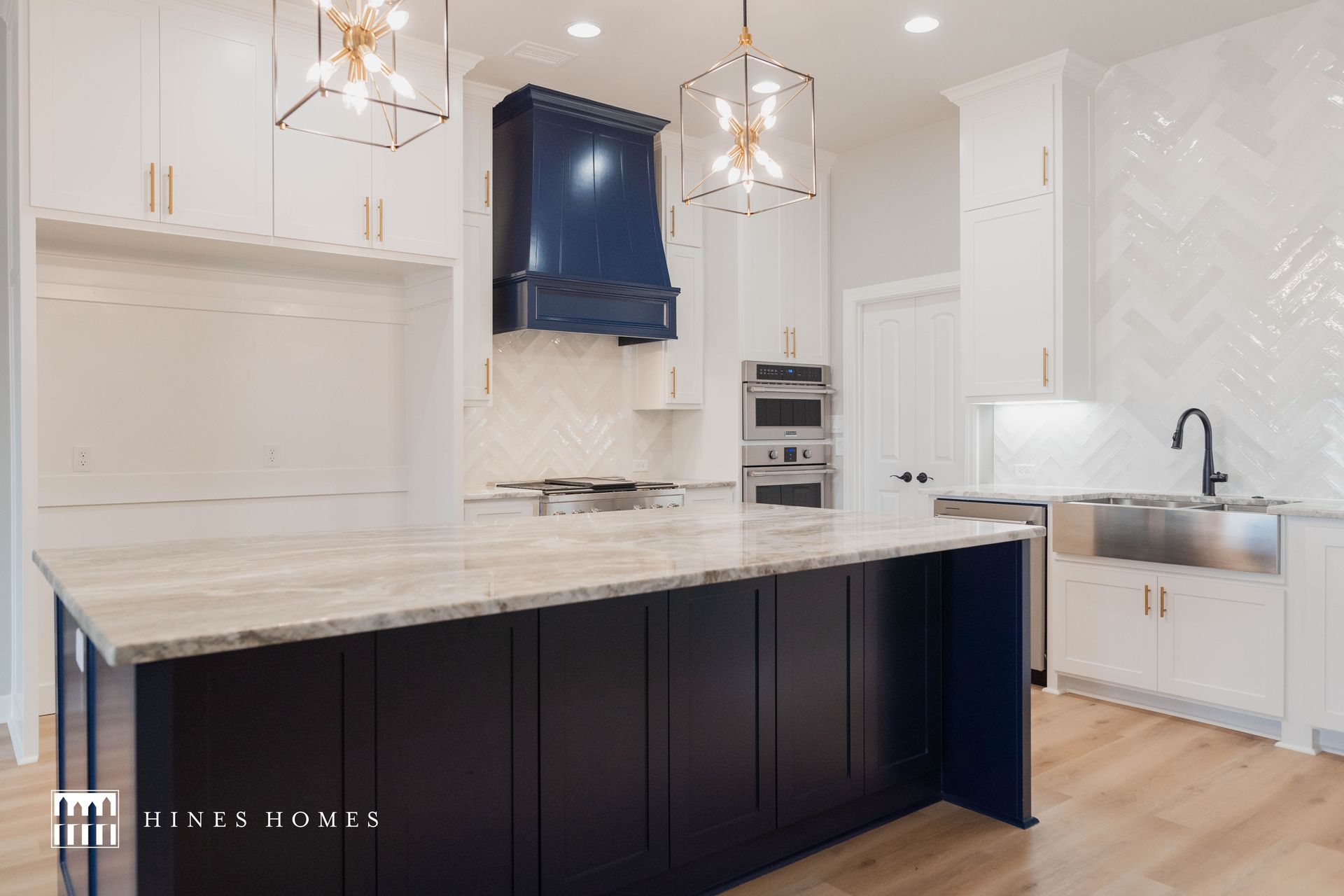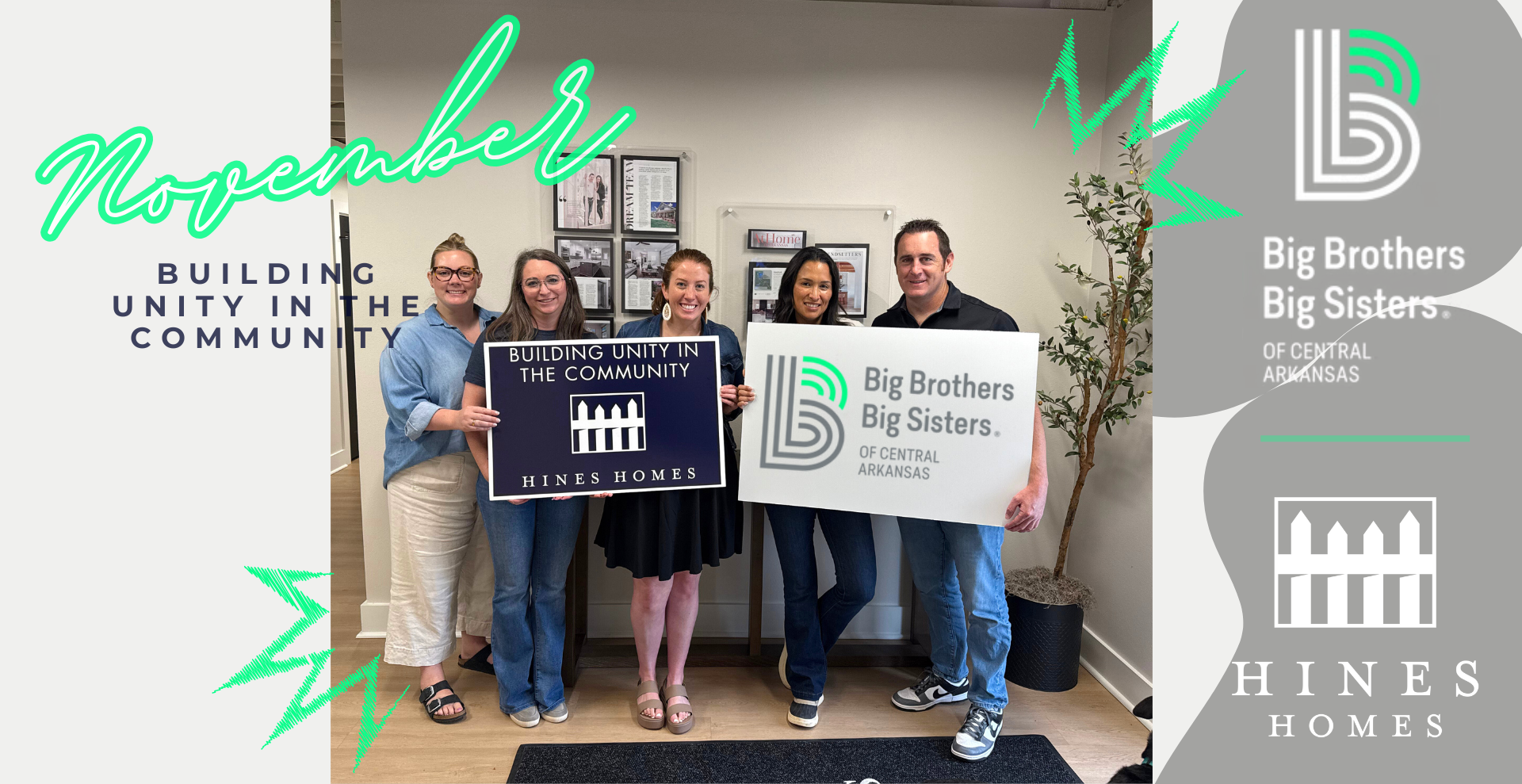Step-by-Step: The Construction Milestones You Should Know
Pre-Construction
Before any dirt is moved, essential planning happens behind the scenes. Architectural plans are finalized, permits are secured, and the site is prepped for work. This stage may include soil testing, site surveys, utility planning, and setting up the construction schedule. Though largely administrative, this phase lays the foundation—both literally and logistically—for a successful build.
Foundation
Depending on the design, this may involve pouring a slab or building a basement. Plumbing lines or electrical conduits are installed beneath the foundation before it cures. Proper moisture barriers and structural inspections ensure long-term stability and integrity from the ground up.
Framing
This is where the structure starts to come alive. Walls, floors, and roof systems are built, giving the home its shape. You’ll begin to see room layouts and walk the floor plan in person. Framing is carefully inspected to meet code and structural standards before moving forward.
Rough-Ins
Once the frame is in place, electricians, plumbers, and HVAC professionals install the systems behind the walls—wiring, outlets, pipes, and ductwork. These installations are reviewed to ensure safety, performance, and compliance with building codes.
Insulation & Drywall
To keep the home comfortable and energy-efficient, insulation is installed based on regional requirements. Drywall follows, with taping, mudding, and sanding to create smooth surfaces. At this point, the home starts to feel more finished and functional.
Interior Finishes
This is the stage where the design vision becomes reality. Flooring, tile, cabinetry, countertops, and trim are installed. Paint colors are applied, and the home’s personality begins to shine through with each chosen finish.
Fixtures & Appliances
Lighting fixtures, plumbing faucets, doorknobs, and appliances are installed with care. These final details bring both function and polish to the interior. Quality checks are conducted to ensure everything works as expected and aligns with the original plans.
Final Touches
The exterior is completed with landscaping, sidewalks, and driveways. A final walk-through creates a detailed punch list for any last adjustments. At the end of this phase, the home is move-in ready—and everything is double-checked for quality and satisfaction.
What to Expect Along the Way
A clear timeline is just part of the process—open communication makes the experience smoother and more enjoyable. Homeowners are kept informed at every step with:
- Weekly updates and photo progress reports
- On-site walkthroughs at key construction milestones
- Clear notice of delays, change orders, or decisions needed
Being informed and included helps turn the construction process from overwhelming to empowering.
From the first draft of your floor plan to the day you unlock your front door, knowing the stages of construction helps make the journey feel less stressful and more exciting. When the timeline is clear and communication is consistent, the result is more than just a house—it’s a home you helped shape from the ground up.
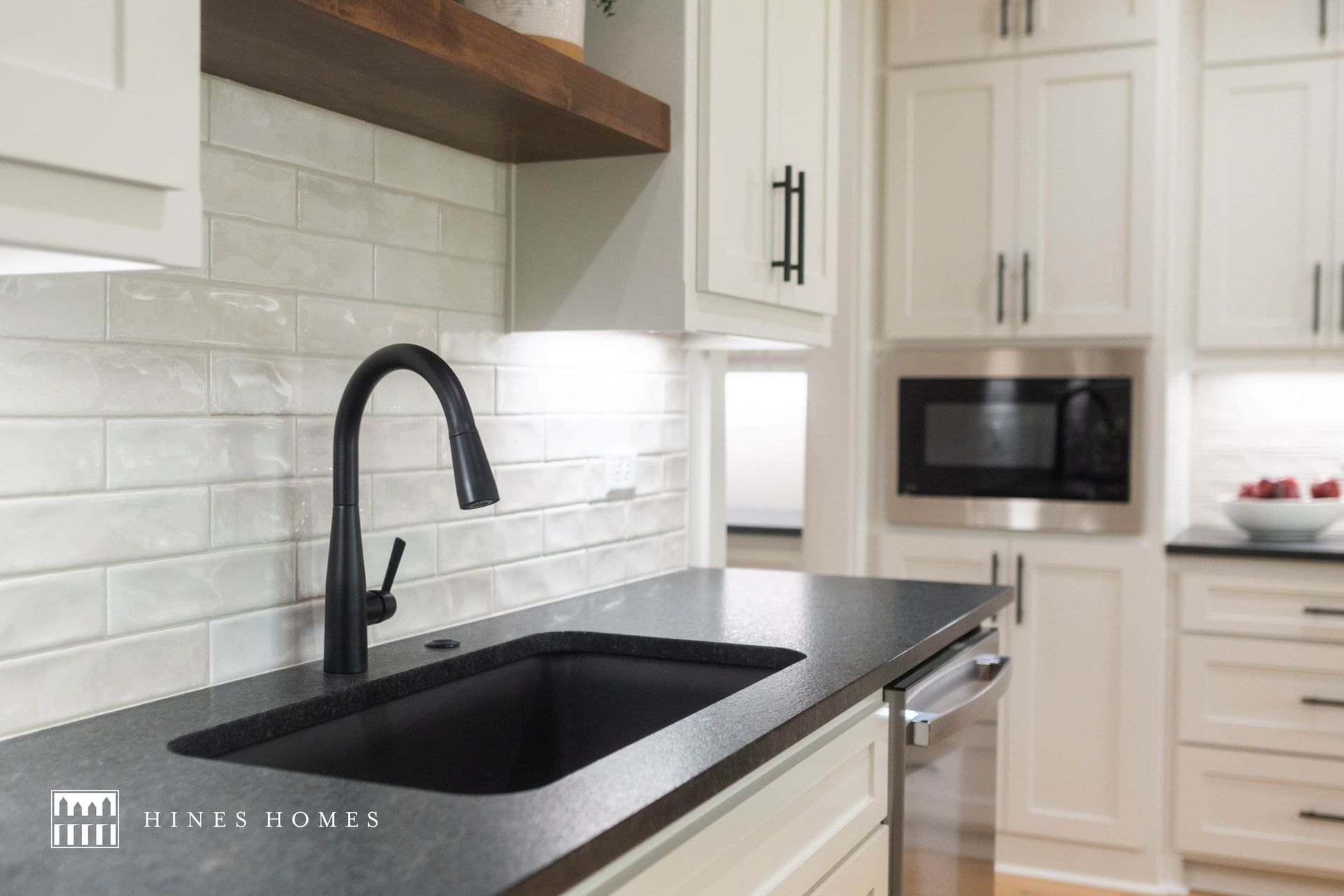
Share

